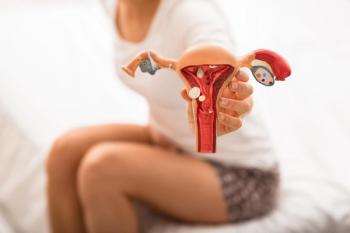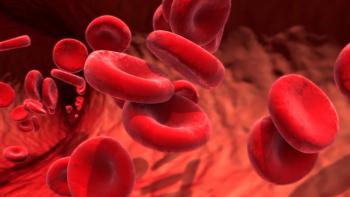
News: Fiber may help prevent pelvic organ prolapse
Gradually increasing fiber intake to 28 g daily decreased constipation and associated symptoms in women with pelvic floor disorders.
Gradually increasing fiber intake to 28 g daily (the amount recommended by the Institute of Medicine) decreased constipation and associated symptoms in women with pelvic floor disorders, and that in turn may reduce the risk for the onset, progression, and recurrence of pelvic organ prolapse.
The findings come from a small prospective cohort study involving 41 consecutive women presenting to a tertiary care facility for pelvic floor disorders with a complaint of constipation. The women were instructed to supplement their diets for 42 days with a high-fiber cereal containing 14 g of fiber per one-half cup. Rome II scores, symptoms (as assessed by the Patient Assessment of Constipation Symptoms), weekly use of laxatives, and vaginal splinting all improved significantly, and began as early as day 1.
Since the study was small in size, lacked a control group, and had a high withdrawal rate, the authors caution that randomized controlled trials with longer follow-up are needed before widespread recommendations can be made.
Newsletter
Get the latest clinical updates, case studies, and expert commentary in obstetric and gynecologic care. Sign up now to stay informed.










